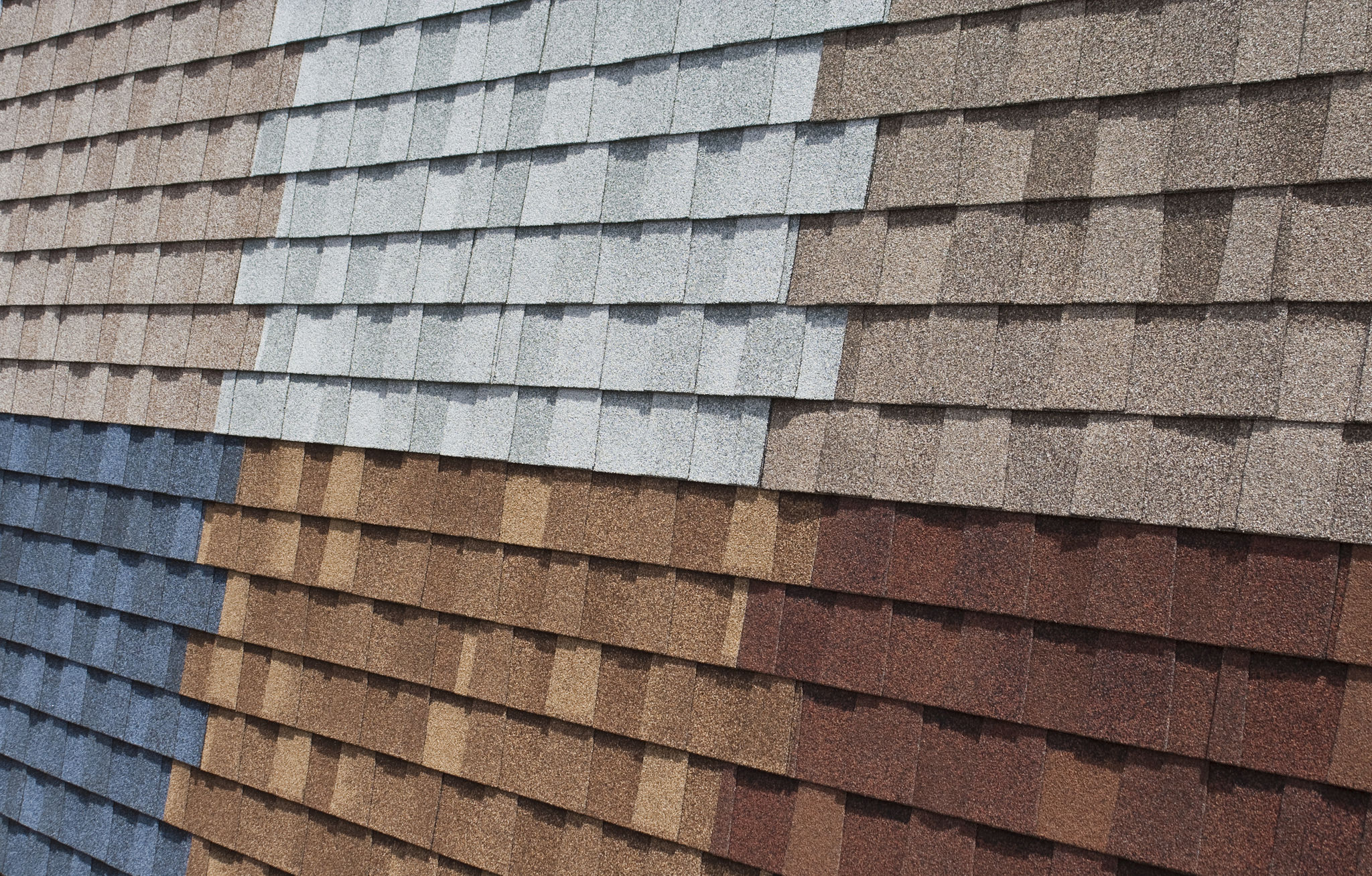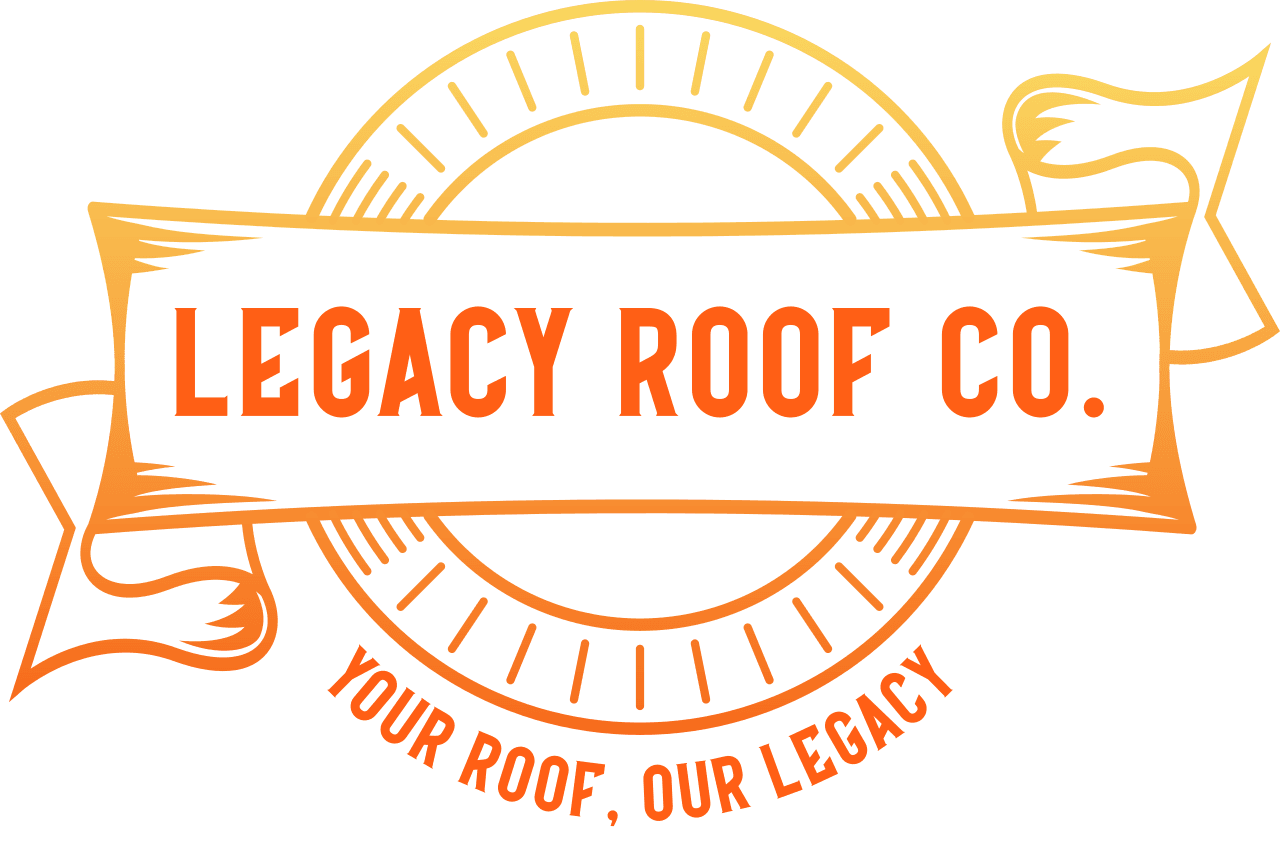The Ultimate Guide to Flat Roofing for Commercial Buildings
Introduction to Flat Roofing for Commercial Buildings
Flat roofing has become increasingly popular in the commercial sector due to its numerous benefits. Unlike traditional sloped roofs, flat roofs offer a modern aesthetic and practical advantages, making them an ideal choice for many businesses. In this guide, we'll explore the ins and outs of flat roofing for commercial buildings, from materials and installation to maintenance and cost considerations.

Benefits of Flat Roofing
One of the primary benefits of flat roofing is cost-effectiveness. Flat roofs typically require fewer materials than pitched roofs, which can translate to significant savings in both construction and maintenance. Additionally, flat roofs provide easier access for repairs and inspections, reducing long-term maintenance costs.
Another advantage is the use of space. Flat roofs can be transformed into functional areas such as rooftop gardens, terraces, or even additional office space. This flexibility makes flat roofs a versatile choice for commercial properties looking to maximize their usable area.

Materials Used in Flat Roofing
When choosing materials for a flat roof, several options are available, each with its own set of benefits:
- EPDM Rubber Roofing: Known for its durability and resistance to weather conditions.
- TPO (Thermoplastic Olefin) Roofing: Offers energy efficiency and is environmentally friendly.
- Modified Bitumen: A layered system that provides excellent protection against leaks.
Selecting the right material depends on factors such as climate, building structure, and budget.

Installation Process
The installation process of a flat roof is relatively straightforward compared to pitched roofs. However, it requires skilled professionals to ensure proper sealing and drainage. The process typically involves:
- Preparing the roof deck by cleaning and repairing any damage.
- Installing a vapor barrier to prevent moisture buildup.
- Applying the chosen roofing material using adhesives or mechanical fasteners.
- Finishing with a protective top layer to shield against UV rays and weather.
Maintenance Tips
Regular maintenance is crucial to extending the lifespan of a flat roof. Here are some tips to keep your roof in top condition:
- Inspect the roof biannually for signs of wear or damage.
- Clear debris such as leaves or branches to prevent water pooling.
- Check for and repair any cracks or blisters promptly.
With proper care, a flat roof can last up to 30 years or more, providing a reliable covering for your commercial building.

Cost Considerations
The cost of installing a flat roof can vary based on materials, labor, and the complexity of the project. On average, flat roofs tend to be more affordable than pitched roofs due to reduced material use and quicker installation times. However, it's essential to factor in potential maintenance costs over time. Investing in quality materials and professional installation can mitigate future expenses and ensure long-term durability.
Conclusion
Flat roofing is an excellent option for commercial buildings seeking a balance between functionality, aesthetics, and cost. With the right materials and proper maintenance, flat roofs can offer a sustainable and practical solution for businesses of all sizes. Whether you're constructing a new building or renovating an existing one, consider the benefits of flat roofing as part of your strategic planning.
